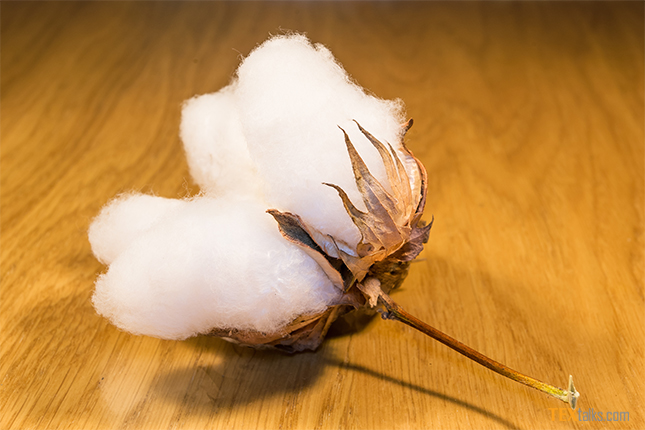The Secretariat forecasts that the A Index in 2017/18 will range between 54 cts/lb and 87 cts/lb with a midpoint of 69 cts/lb. The midpoint would be 13 cts/lb lower than in 2016/17. This follows the large increase of 12 cts/lb from 2015/16 to 2016/17, which suggests that such a drop is not unreasonable. However, the season-average A Index in 2016/17 ended up being much higher than the Secretariat initially forecast, and market fundamentals do not explain why this occurred. Given what happened in 2016/17, it is difficult to say whether the current forecast for 2017/18 will hold up well over the season.
In 2017/18, world cotton production is projected to increase by 8% to 24.9 million tons due entirely to an 8% expansion in world cotton area to 31.7 million hectares, which is below the 20-year average of 32.7 million hectares. The world average yield is forecast at 785 kg/ha. India is expected to remain the world’s largest producer in 2017/18 with output increasing by 6% to 6.1 million tons. After falling by 6% in 2016/17, China’s production is projected to rebound by 7% to 5.2 million tons. Production in the United States is expected to rise by 10% to 4.1 million tons as high prices, sufficient soil moisture in dryland areas and beneficial weather during planting encouraged farmers to expand cotton area by 18% to 4.5 million hectares. After two seasons of contraction, better-expected returns for cotton encouraged farmers to expand the cotton area in Pakistan by 9% to 2.7 million hectares. Assuming the average yield rises by 8% to 717 kg/ha, Pakistan’s production is projected to increase by 17% to 2 million tons, which is similar to its 15- year average. Cotton production in Brazil is forecast to increase by 5% to 1.6 million tons as high returns in 2016/17, resulting partially from a 17% increase in the average yield, are likely to encourage farmers to expand the cotton area.
World cotton consumption in 2017/18 is forecast to rise by 2% to 25 million tons. A modest 1% increase is projected for China, the world’s largest cotton consumer, with its mill use reaching 8.1 million tons in 2017/18. After declining by 3% in 2016/17, consumption in India is forecast to increase by 2% to 5.3 million tons in 2017/18. Pakistan’s mill use is expected to rise by 4% to 2.2 million tons, which follows a 13% decrease in mill use in 2015/16 and stagnation in 2016/17. Consumption in Bangladesh is projected to rise by 5% to 1.5 million tons due to strong demand domestically and internationally, and Turkey’s mill use is expected to remain stable at 1.5 million tons.
World cotton trade is projected to decline by 1% to 7.8 million tons. While the United Sates is expected to remain the world’s largest exporter, its exports are nevertheless forecast to decrease by 8% to 2.9 million tons. India’s exports are forecast to rise by 2% to 930,000 tons, and Australia’s exports are projected to increase by 8% to 760,000 tons. Bangladesh, Vietnam and China are expected to remain the world’s three largest importers. Bangladesh’s imports are projected to increase by 7% to 1.5 million tons, Vietnam’s by 5% to 1.3 million tons, and China by 4% to 1.1 million tons.
World ending stocks are projected to decrease by 1% to 18.8 million tons in 2017/18, with increases outside of China offset by decreases in China’s stocks. China’s stocks are expected to decline by 16% to 8.9 million tons. Ending stocks outside of China are forecast to grow by 19% to 9.8 million tons.



